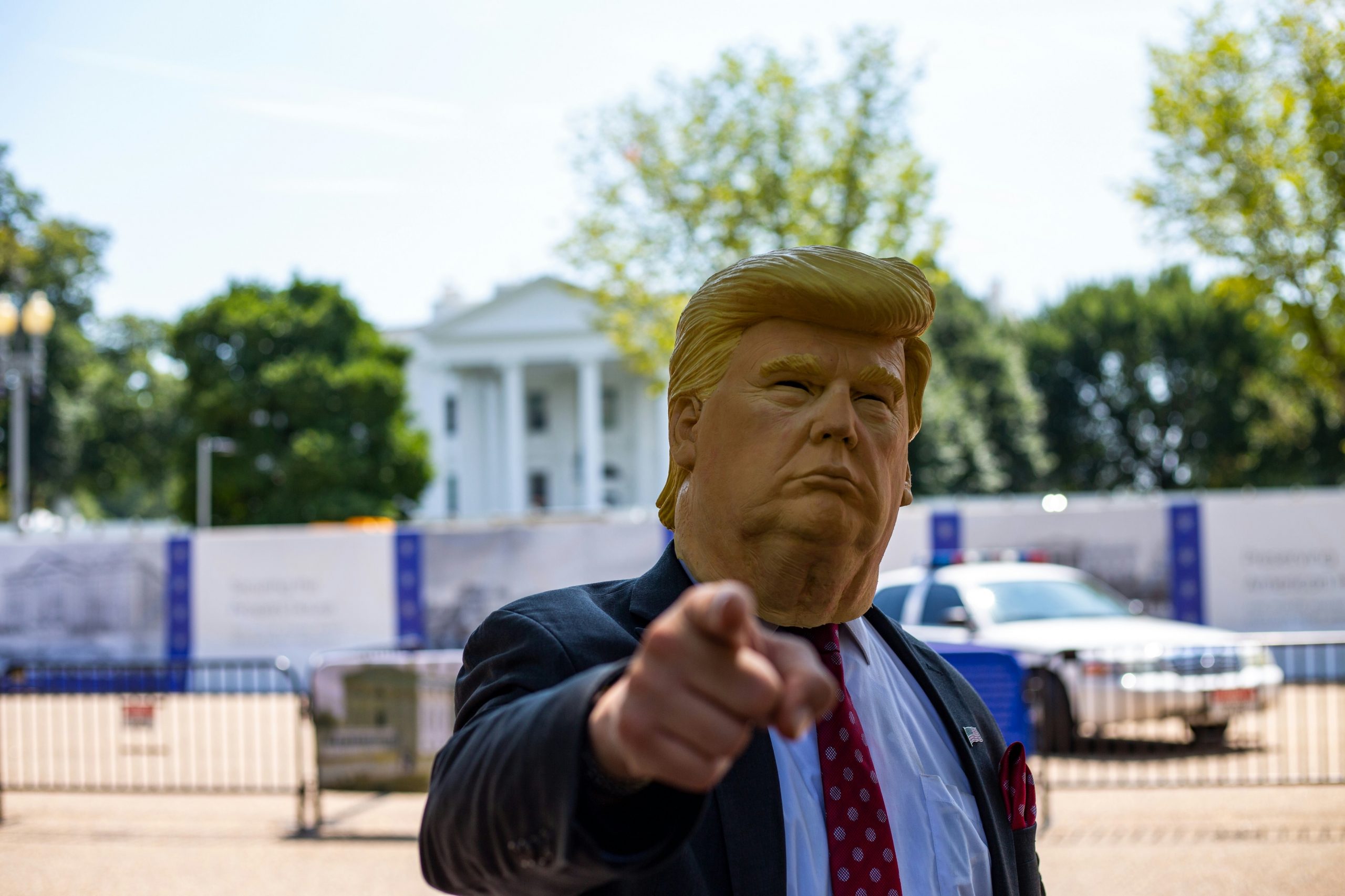
News Writer Kierat Basi reports on Donald Trump’s tariff threat
Images by
Darren Halstead
Last week, Donald Trump made headlines with his decision to impose tariffs on goods from China, Canada, and Mexico, and issued a warning of further tariffs on the European Union. Combined, these countries account for around 40% of the United States’ imports, making this a significant shift in the nation’s trade policy.
On 3rd February, Trump imposed a 10% tariff on Chinese-produced goods, but delayed the introduction of 25% tariffs on Mexico and Canada for 30 days. The delay followed offers from both countries to enhance border security in exchange. Initially, Trump had also proposed a 10% tariff on Canadian energy imports, including oil and natural gas, but these too were postponed. The tariffs, however, are not directly paid by foreign governments but by American companies that import these goods. The added cost is expected to ripple through the US economy, potentially driving up inflation and raising prices for consumers already struggling with the cost of living. Trump’s tariff strategy, first introduced during his election campaign, has promised to rejuvenate manufacturing, protect American jobs, and stimulate economic growth. It also addresses the US trade deficit, with the US importing more than it exports.
“The added cost is expected to ripple through the US economy, potentially driving up inflation and raising prices for consumers already struggling with the cost of living
The tariffs were framed as a means of combating illegal immigration and curbing the flow of fentanyl into the US. However, Canadian Prime Minister Justin Trudeau has pointed out that less than 1% of fentanyl entering the US originates from Canada, calling into question the legitimacy of Trump’s rationale.
In retaliation to Trump’s threats, both Canada and Mexico announced their own countermeasures. Canada promised a 25% tariff on American goods, while Mexico also indicated the imposition of tariffs of their own in the future. However, just a day before the tariffs were set to take effect, a deal was brokered between Trump, Trudeau, and Mexican President Claudia Sheinbaum, postponing them.
Tariffs on Chinese goods, however, remain in place. In response, China has imposed counter-tariffs of 10-15% on American energy exports and launched an antitrust investigation into Google.
A potential deal with China could be on the horizon, as Trump is scheduled to meet with President Xi Jinping in the coming days, and the tariffs do not take effect until 10th February. After the trade war during Trump’s previous presidency, where China retaliated with a 25% tariff on American agricultural products, which proved detrimental to US farmers, there are signs that both sides may seek to find common ground.
“In response, China has imposed counter-tariffs of 10-15% on American energy exports and launched an antitrust investigation into Google
Meanwhile, Trump has also threatened tariffs against the European Union, citing the long-standing trade deficit between the two economies. However, the UK seems to be exempt, with Trump expressing confidence in his good relationship with Labour leader Keir Starmer and his willingness to resolve any trade issues. In response, the EU has promised to retaliate, targeting US tech giants. European ministers have already met in Warsaw to begin formulating their counter-strategy.
The imposition of these tariffs is just one element of Trump’s broader strategy, reflecting his unpredictability and willingness to disrupt the status quo. As the dust settles, all eyes will be on Trump’s next move on the international stage.
Read more from Redbrick News here:
The Birmingham Museum and Art Gallery: A Beacon of Culture reopens after a four-year renovation
Tuition fees must go up, universities say, as the Autumn term begins
Comments